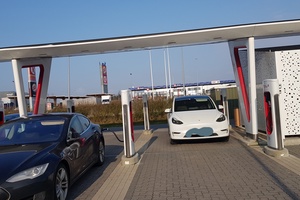Se hva du kan gjøre og oppleve i Malmø
Utforsk Malmö, en pulserende by i Sør-Sverige med en perfekt blanding av moderne stil og historisk sjarm. Spaser langs fargerike bygninger i Gamla Staden, Malmös gamleby, og beundre det futuristiske Turning Torso. For kunst- og kulturinteresserte byr Malmö Konsthall på imponerende utstillinger. Slapp av i de fredelige Pildammsparken eller ta en sykkeltur langs Ribersborgsstranden for nydelig sjøutsikt. Ikke gå glipp av de sjarmerende kafeene i Möllevången for en autentisk smak av lokal livsstil. Malmö er en by som garantert vil fange hjertet ditt!Finn de beste prisene
Populære reiseblogg

Elbil på Europas motorveier, lading og minske rekkevidde-angst
3.20.2024
Med elbil på Europas motorveier
@ Reiser.no AS 2025